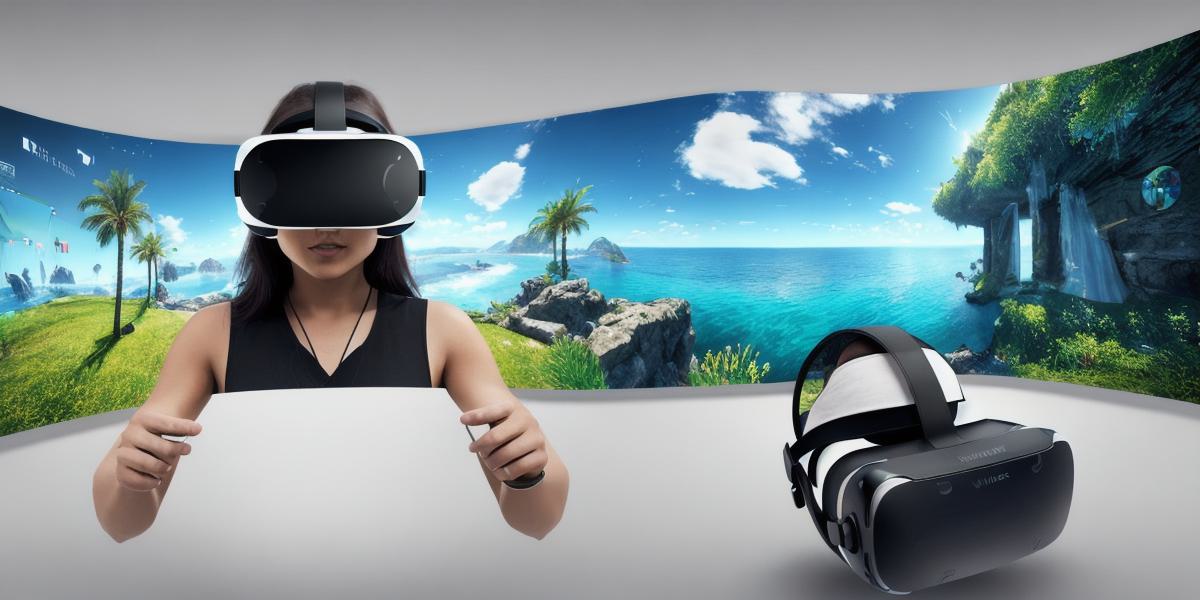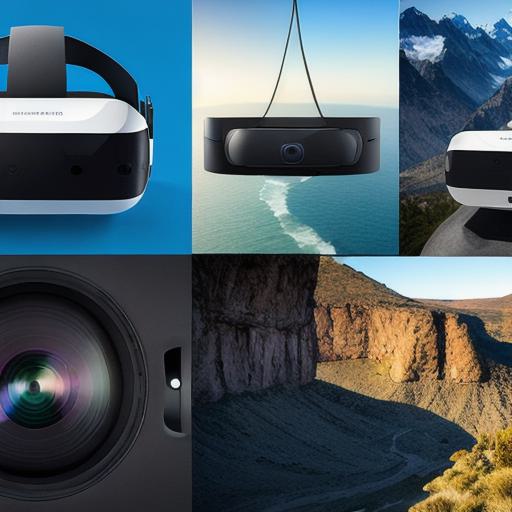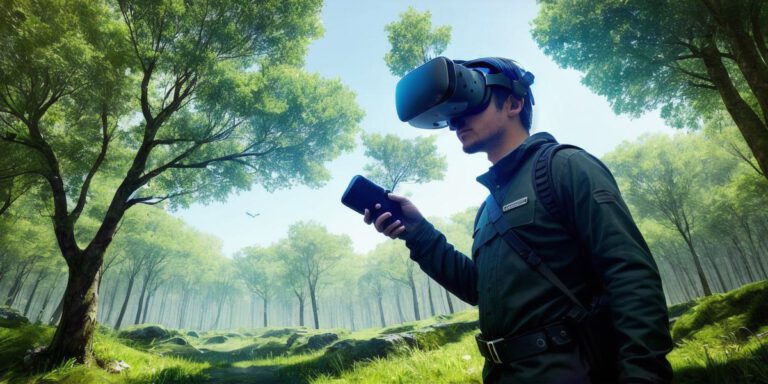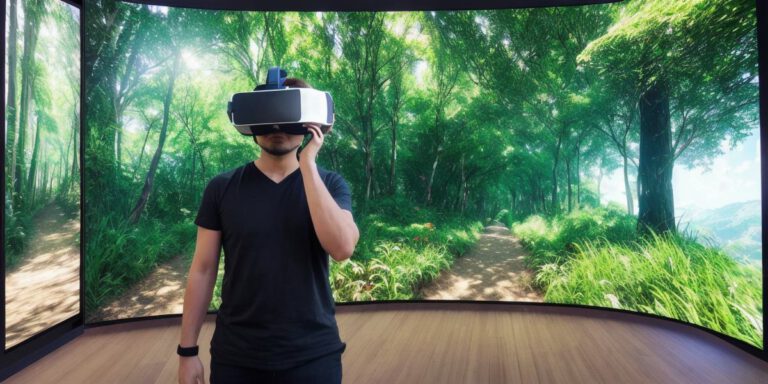The Future of Virtual Reality: Applications and Developments

Virtual reality (VR) is a rapidly growing technology that has already transformed several industries, including gaming, education, and healthcare. In this article, we will explore the latest developments in VR and their potential applications. We will also discuss the future of VR and how it will shape our lives in the coming years.
Virtual Reality: A Brief Overview
VR is a computer-generated simulation that allows users to experience a three-dimensional environment as if they were actually there. The technology has been around for decades, but recent advancements in hardware and software have made it more accessible and affordable than ever before. Today, VR is used in a variety of industries, including gaming, education, healthcare, entertainment, and more.
Applications of Virtual Reality
Gaming:
VR has revolutionized the gaming industry by allowing users to fully immerse themselves in a game. With VR, users can explore new worlds, engage with characters in a whole new way, and experience games like never before. In fact, the VR gaming market is expected to reach $43 billion by 2025.
Education:
Virtual reality has also made its way into classrooms across the world. With VR, students can take virtual field trips to historical sites, explore the human body, and even learn how to fly. By providing an interactive and engaging learning experience, VR is helping to make education more accessible and enjoyable for students of all ages.
Healthcare:
Virtual reality has the potential to revolutionize healthcare by allowing doctors to simulate surgeries and other medical procedures in a safe and controlled environment. This can help reduce the risk of complications and improve patient outcomes. VR is also being used to treat conditions like PTSD, depression, and anxiety by providing patients with a virtual environment that allows them to confront their fears in a controlled way.
Entertainment:
Virtual reality has also made its way into the entertainment industry, allowing users to experience concerts, movies, and other events in a whole new way. By providing an immersive and interactive experience, VR is helping to make entertainment more engaging and memorable for users.
Future Developments of Virtual Reality
As VR technology continues to evolve, we can expect to see even more innovative applications in the future. Some of the most exciting developments include:
Haptic Feedback:
Haptic feedback is a technology that allows users to feel physical sensations in virtual environments. By providing tactile feedback, haptic technology can make VR experiences even more immersive and realistic.
Augmented Reality (AR):
AR is a technology that overlays digital information onto the real world. By combining AR with VR, users can experience virtual environments in the real world, allowing them to interact with virtual objects in a whole new way.

Social VR:
Social VR is a new form of virtual reality that allows users to interact with each other in virtual environments. By providing a social element to VR, users can connect with others in a whole new way, creating new opportunities for collaboration and communication.
The Future of Virtual Reality
Virtual reality is still in its early stages, but it has the potential to transform our lives in ways we can hardly imagine. As the technology continues to evolve, we can expect to see even more innovative applications across a wide range of industries. Whether you’re a gamer, student, or healthcare professional, VR has something for everyone.
FAQs:
Q: What is virtual reality?
A: Virtual reality is a computer-generated simulation that allows users to experience a three-dimensional environment as if they were actually there.
Q: What are some








